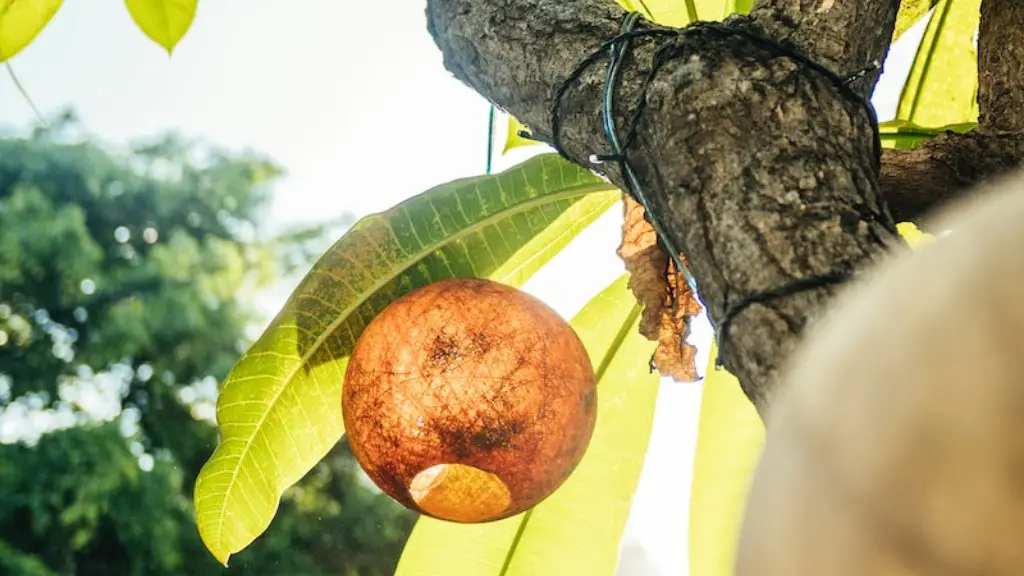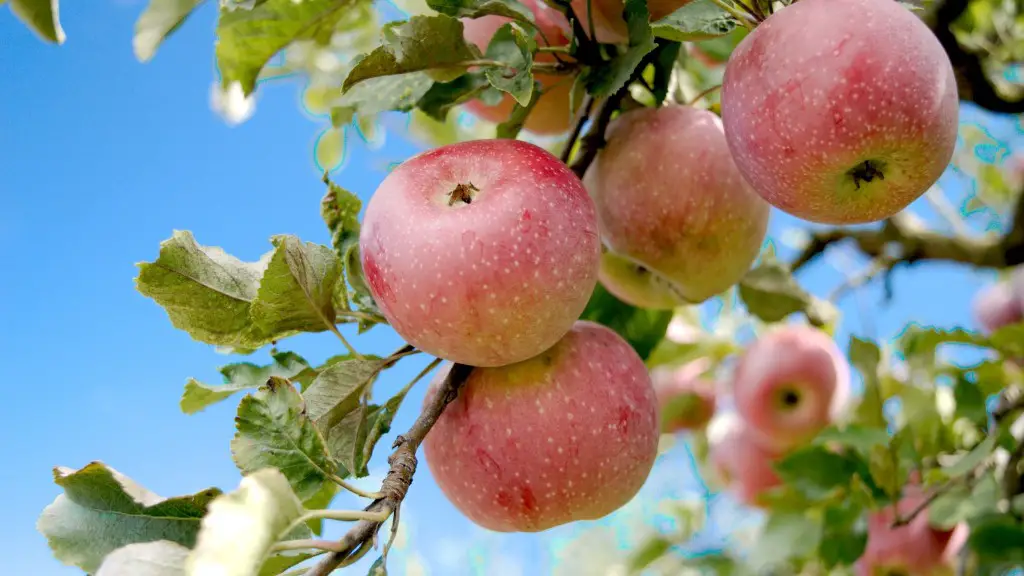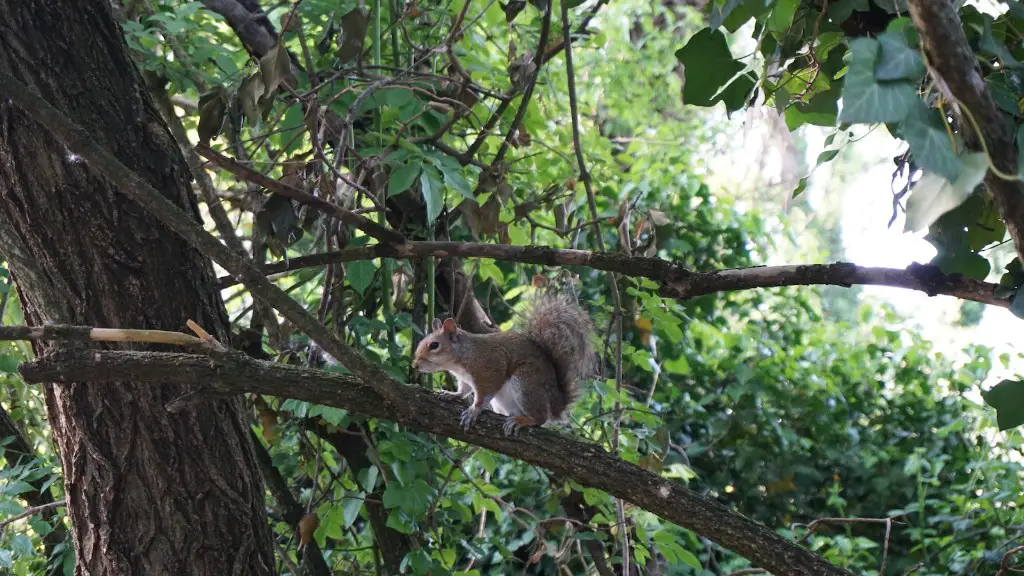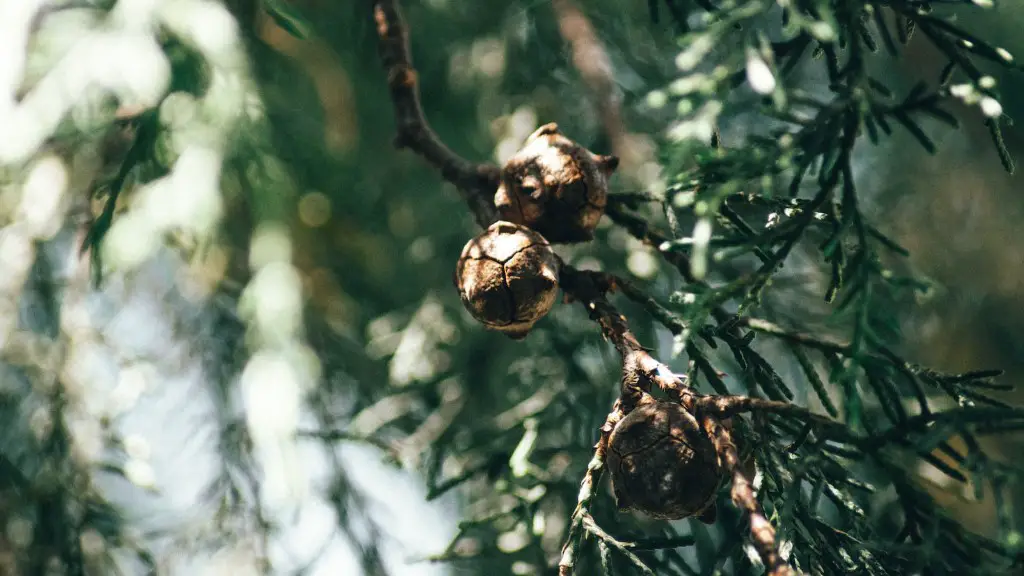When can I prune my apple tree? Pruning plays a very important role in the health and well-being of an apple tree, and in its productivity. If done correctly – and at the right time – pruning will result in an improved tree structure, abundant flowers and fruit, and increased productivity. However, if done incorrectly, or at the wrong time, it can cause damage and even tree death. So, when should we prune?
The best time to prune an apple tree is in the late winter or early spring, just before the buds swell and break.
Pruning in the late winter or early spring allows any wounds left by pruning to heal quickly because the sap is not yet running. It also encourages new growth, and therefore fewer apples on each branch and more evenly distributed throughout the tree.
Pruning in the late summer or autumn should be avoided because the wound caused by pruning can cause the tree to become susceptible to disease. Additionally, it can prevent the tree from properly hardening off, which is necessary in order to withstand cold winter temperatures.
Before you begin pruning your apple tree, it is important to remember a few key points. First and foremost, always use sharp, clean pruning shears or a saw when removing branches; avoid blunt or rusty tools. Also, always make clean cuts at an angle, about one quarter of an inch above a bud, which will ensure that the wound heals quickly.
When pruning, it is also important to remove any dead, damaged, diseased, or crossed branches, as well as any suckers that have grown from the roots. And finally, it is important to prune in such a way that you are aiming to create an open-centred structure rather than a heavily-shaded one.
By following these guidelines, you can help ensure that your apple tree is healthy and productive. So, don’t forget to prune – ideally in the late winter or early spring – and enjoy your harvest!
What Tools To Use For Pruning Apple Trees
Pruning an apple tree requires a few essential tools. The most important items to have on hand include sharp, clean pruning shears, loppers, a saw, and a long-handled pruning pole. Pruning shears should be selected based on the type and size of branches you are pruning – larger branches require more powerful shears.
In addition to the pruning tools listed above, it is also a good idea to have some protective equipment, such as gloves and eye protection, to keep you safe from sharp edges and debris flying off when pruning. Finally, for especially large branches, you may need ropes or chainsaw.
It is also a good idea to keep your tools in good condition, sharpening and cleaning them regularly. This will ensure that you get the best results from your pruning and that you don’t endanger your safety. And remember, when you do use your tools, aim to make clean, sharp cuts at a 45° angle.
With the right tools and proper technique, you can give your apple tree a much-needed pruning that will result in improved health, a larger crop, and a tree that will bear fruit for many years.
How To Prune An Apple Tree For Better Yields
Pruning an apple tree is an essential horticultural task that is often overlooked or done incorrectly. However, when done properly, it can have a significant impact on the tree’s yield – in some cases, the pruned tree will produce 20-50% more apples than an unpruned one.
When pruning for yield, it is important to create an open-centred structure – this means that the central branches are spaced evenly so that there is plenty of light penetration to the branches holding the flowers and fruit. Additionally, the more trimming you do to the canopy of the tree, the more light can reach the lower branches, which will also increase yields.
It’s also important to prune selectively. This means removing any diseased, dead, damaged, or crossed branches and any suckers that arise from the roots, as well as any shoots coming off of larger branches. This will ensure that the tree’s energy is focused on producing a great crop, rather than maintaining excess foliage.
Finally, to further improve yields, it’s important to prune away any shoots or water sprouts that arise from the trunk of the tree. This will reduce stress and give any bearing branches more room to grow and produce fruit.
By following these pruning tips, you can ensure that your apple tree produces the best crop possible.
Tips For Pruning Newly Planted Apple Trees
When pruning newly planted apple trees, it’s important to take a less-is-more approach. This means avoiding heavy pruning and focusing on shaping the tree. Allowing young trees to become too heavily pruned can cause stress and can lead to stunted growth.
For the first few years after planting, the main goal should be to promote strong and healthy growth, as this will result in a strong, sturdy structure. This can be done by selectively removing any weak, diseased, criss-crossed, or dead branches. Additionally, any shoots that are growing in an inappropriate direction can be removed.
It’s also important to select the right branches for pruning – young trees should primarily be pruned in the summer – when the canopy is at its fullest – and the focus should be on cutting back any overly long branches that are creating too much shade.
And finally, avoid pruning late in the autumn, as this can cause wounds that won’t have time to heal properly before the cold winter temperatures set in.
By following these tips and pruning selectively, you can help ensure that your newly planted apple tree grows into a strong and productive tree.
How To Prune An Established Apple Tree
Pruning established apple trees requires a slightly different approach than pruning newly planted trees. The reason for this is because an established tree has an existing structure and framework, and so the goal is to maintain that structure and improve productivity.
When pruning an established tree, it is important to focus on selectively removing any diseased, dead, damaged, cross-over, or rubbing branches, and any shoots that arise from the trunk. Additionally, it is important to ensure that the top and sides of the tree are well balanced, as this will allow for maximum light penetration and encourage healthy growth.
When selecting the branches to prune, focus on removing the ones closest to the trunk and avoid heavy pruning. This will help ensure that the shape and strength of the tree remain intact.
It is also important to prune in late winter or early spring, when the tree is still dormant and the sap is not running. This will allow the wounds to heal quickly, reducing the likelihood of pests or disease.
By following these tips, you can help ensure that your established apple tree is strong and healthy, and produces abundant fruit.




